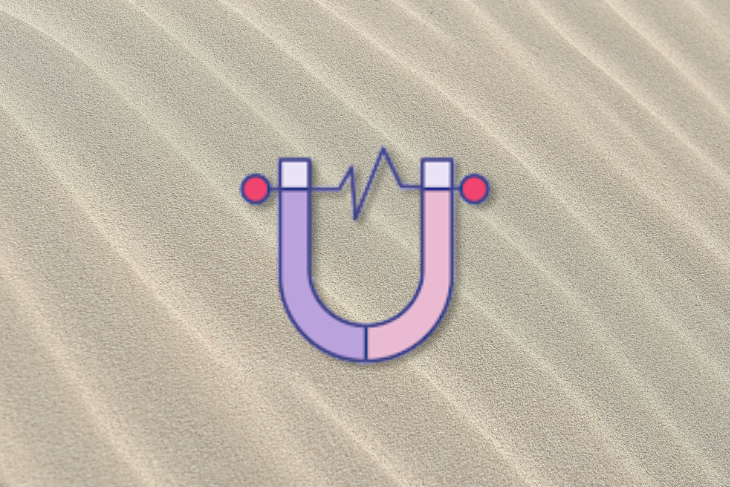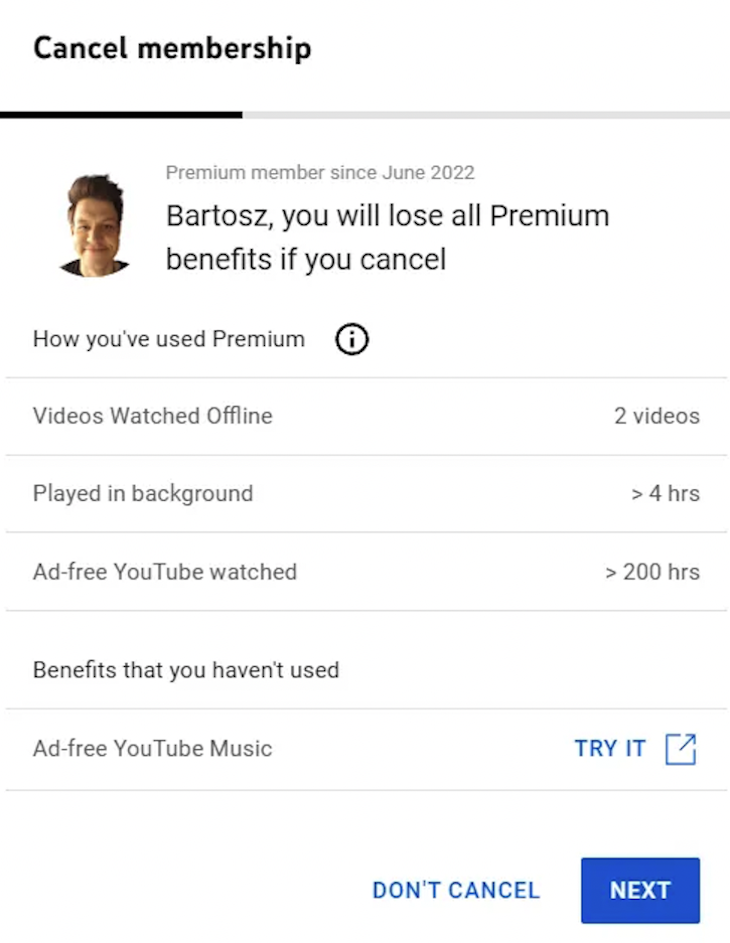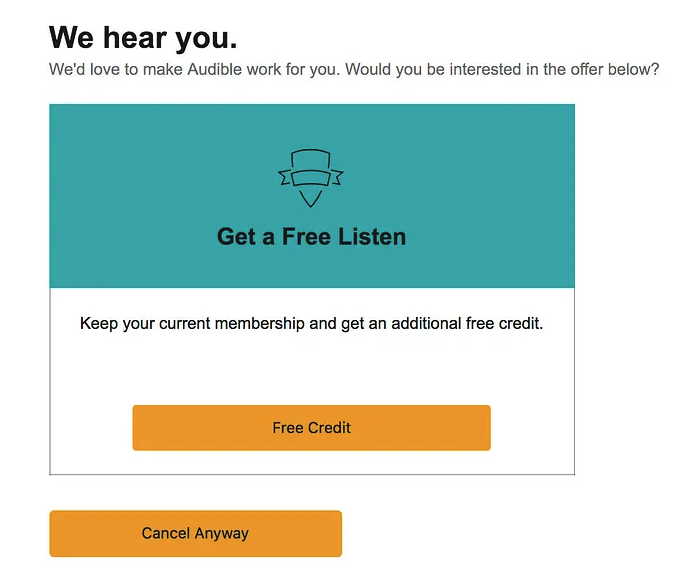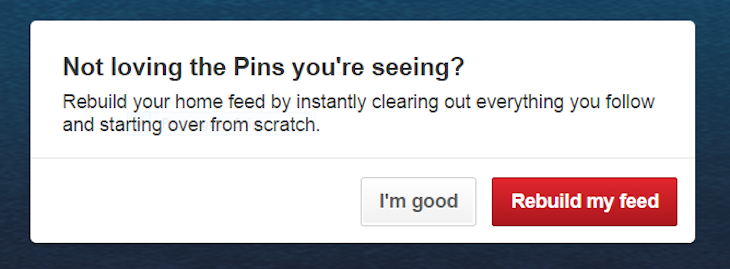There’s no worse feeling in product management than investing months into acquiring, engaging, activating, and converting users just to see them churn at the very end.

In this article, I’ll cover the most impactful strategies to mitigate customer churn and what to do after the user has already churned.
Let’s start by covering the different types of churn so that you can tailor churn strategies later on.
There are three main types of churn:
You can be somewhat proud of voluntary satisfied churn. This type represents a user’s conscious decision to disengage because although the product satisfies their needs, they no longer need it.
An example might be an exam preparation application after the exam season or someone who used Asana for birthday party planning after the party was over.
Voluntary unsatisfied churn occurs when users disengage because the product doesn’t satisfy their needs. It might be either because the product itself was lacking or the user wasn’t the target user in the first place.
An example could include a food ordering app with no sushi option when the user was trying to order sushi.
Involuntary churn occurs when the user unintentionally disengages with the product.
The most common reasons for involuntary churn include payment and login issues. If you failed to collect the payment, and as a result, you didn’t renew a subscription for a given customer, they involuntarily churned.
Although they might come back on their own, the longer they are disengaged, the higher the chance they’ll move on and forget about your service.
While you can deal with churn after the fact, it’s more effective to try and stop it from happening in the first place. Try the following strategies to help mitigate the risk of churn:
Most likely, there’s an optimal amount of engagement you want your users to have with your product, whether it’s three times a day or once a week.
As the engagement drops, the chance of both types of voluntary churn grows significantly.
To avoid this, track your users’ engagement level and implement strategies to re-engage users who drop before a specific risk threshold.
For example, if a user engages with your mobile app less and less frequently, consider temporarily increasing the number of push notifications sent to remind them about the product.
Also, consider running special campaigns and promotions for disengaged users in order to reactivate them.
Try to reduce the friction of the product too.
For example, if Duolingo notices you are falling off track with your habit, they incentivize you to practice for just five minutes a day (even if you set your learning goals as fifteen or so).
Users who don’t reach their outcomes will likely churn voluntarily due to dissatisfaction.
You can prevent unsatisfied churn by artificially boosting outcomes for them before they figure out how to sustainably achieve them on their own. This will also help you reinforce the potential value of your product in these users’ minds.
Imagine you are a PM for Doordash. If some restaurants visit the cancel page often or realize very few orders each month, it’s a solid signal they might churn due to lack of outcome.
You could artificially boost their outcomes, for example, by temporarily positioning them higher in the search results, leading to more orders and stronger value reinforcement. That could also motivate a given restaurant to focus more on optimizing its Doodash page, leading to better outcomes in the long run.
Even if users are already willing to cancel, you still have a chance to change their minds. A well-thought cancellation flow can have a tremendous impact on your churn numbers.
There are three main approaches you can implement:
Users cancel because they perceive the value of staying as lower than the price they pay. Try boosting the value of staying to increase their chances of staying.
One way is to remind them of all the value they got (e.g. by showing relevant stats). You can also list out things they didn’t yet use to show there’s still a lot of value they haven’t discovered:

Consider giving users something in return for staying with you longer.
Although the incentive is an extra cost for you, it can buy you a second chance with the user, which increases the chance they’ll eventually develop a habit around your product.
For example, Audible asks you why you are canceling, and depending on your answer, they offer you a free credit, a book refund, or other incentives not to churn:

Sometimes the current use case is simply not fit for a given user, whether due to not meeting the user’s expectations (unsatisfied churn) or not being relevant anymore (satisfied churn).
The cancellation process is a good opportunity to present other use cases you offer and offer users to switch.
The most common approach is to offer cheaper plans and use cases. Although down-selling is painful, it’s better than losing a user altogether.
Payment issues are the number one cause of involuntary churn, so it’s worth optimizing for. There are two types of payment issues:
We talk about soft decline when the payment method is valid, but the translation failed anyway. The most common reasons include:
Considering trying the following tactics:
A hard decline occurs when the payment method is no longer valid. For example, the card is expired or canceled.
Two main tactics to prevent hard declines include:
After users churn, you still have the chance to retain them through the following methods:
Reactivation means bringing users back to the same use case they churned from. This tactic targets voluntary unsatisfied churn.
It’s also the hardest churn tactic to execute, as users who are unsatisfied tend to have a low perception of the product’s value and willingness to pay for it.
Basic tactics such as e-mail, messages, or retargeting campaigns are rarely effective. You usually need a stronger incentive.
Consider offering them free credits, vouchers, or extra trial periods as motivation. As an anecdote, when I dropped using Uber, a push saying how Uber is cool probably wouldn’t cut it, but the 66 percent discount they gave me was tempting enough to try the app again.
While reactivating users, adjust your communication and focus on what’s changed. Don’t repeat the old stuff that these users already know.
If you know why a given user churned (say, thanks to an exit survey), focus on that specifically. If it was due to missing features, inform them you’ve added them. If it was a usability problem, stress how you’ve become faster and more reliable.
Of course, assuming you solved these reasons. There’s no point trying to reactive users if the reasons they churned are still there.
Focus your reactivation efforts on periods when their willingness to pay and try out the product is the highest. For example, suppose you offer a workout guidance app. In that case, there’s a higher chance you’ll reactivate users in January (when the motivation is usually the highest due to new year’s resolutions) than in July during the holiday season.
It’s better to run one or two focused reactivation campaigns a year than to inefficiently try to reactivate users all year round.
Lastly, if they return, focus on activation as with all new users. You still need to help them build a habit, receive desired outcomes, and explore the product.
Also, consider letting them start from scratch. The legacy baggage they created using your product in the past might increase the friction of coming back.
For example, Pinterest offers to reset the feed completely for reactivated users if they want to start fresh:

In most cases, the best you can do for satisfied voluntary churn is to introduce these users to a new use case.
On the one hand, they no longer need your product in the way they know it. On the other hand, they have already developed some trust in your brand, so selling them new solutions is easier.
Say that a user used Asana for planning a specific event, planned it successfully, and then stopped using it. You could encourage them to use Asana for different reasons, such as managing personal projects or professional issues.
Or if someone used your exam preparation app and the exam season is over, encourage them to try out your flashcard revision module so they can prepare for the upcoming school year.
As with reactivation, timing is critical when moving users to new use cases. Limit your campaigns to periods when users most need that second use case.
For example, suppose you have users who churned from your food delivery service (e.g. they decided to change their lifestyle) and want to encourage them to try your grocery delivery service. In that case, you have a higher chance of resurrecting them if you target them during weekends when most people do their shopping.
If you still have your ex-users’ contact details, contact them directly. Otherwise, retargeting media campaigns with dedicated advertisements also works quite well.
User churn is a natural part of every product and you won’t eliminate it completely.
However, you can reduce it by:
Don’t just run around implementing various churn-related tactics. You need to take a step back and determine the type of churn you’re experiencing.
If it’s voluntary unsatisfied churn, you need to focus on activation, improving your value proposition, helping users achieve their outcomes, and focusing your acquisition efforts on targeting the right user segments.
For voluntary satisfied churn, focus on developing and promoting new use cases, both while people still use the product and after they stop.
For involuntary churn, tackle potential technical issues that cause that.
Start with proper user research and collecting appropriate data (e.g., by surveys on cancellation and account deletion flows), and only then start implementing specific churn-related tactics.
It’s way too common for product managers to try to fight churn without understanding what type of churn they’re dealing with.
Featured image source: IconScout

LogRocket identifies friction points in the user experience so you can make informed decisions about product and design changes that must happen to hit your goals.
With LogRocket, you can understand the scope of the issues affecting your product and prioritize the changes that need to be made. LogRocket simplifies workflows by allowing Engineering, Product, UX, and Design teams to work from the same data as you, eliminating any confusion about what needs to be done.
Get your teams on the same page — try LogRocket today.

Most teams fail at autonomy. Learn how clear rules help product teams move faster without micromanagement.

A practical framework for PMs to use AI in ideation without sacrificing judgment, strategy, or decision quality.

A practical five minute revenue estimation method to help product managers compare ideas, drop low impact features, and prioritize smarter.

A practical guide for PMs who want to stop being bottlenecks, delegate smarter, and lead teams effectively with a clear ownership framework.